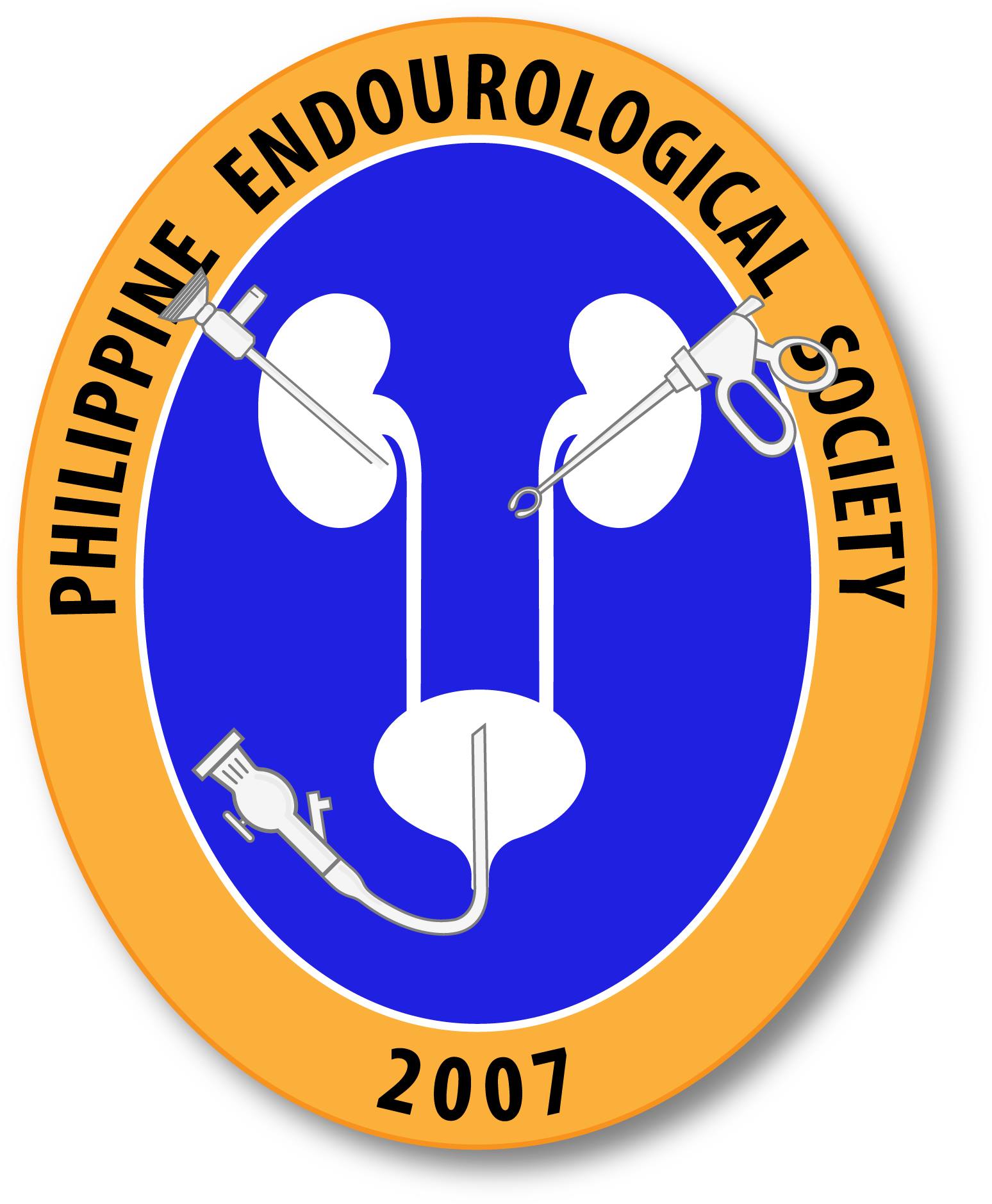In recent years, numerous efforts have been made to shorten treatment courses and reduce gastrointestinal and genitourinary toxicity in patients who receive radiation therapy for prostate cancer. Among these advances is the rise of stereotactic body radiation therapy (SBRT), which allows for the delivery of full treatment courses over fewer fractions than conventional radiation therapy techniques. Prior research has indicated that this approach has largely been successful, as patients treated with SBRT experience high rates of disease control and low rates of toxicity.1-4 In addition, the use of rectal hydrogel spacers, which increase the distance between the prostate and rectum in an attempt to reduce treatment toxicity, is becoming more widespread. Prior studies have demonstrated reductions in radiation dose exposure to the rectum in patients with rectal hydrogel spacers who are treated with external beam radiation therapy (EBRT), along with fewer gastrointestinal and genitourinary toxicities and improvements in reported quality of life.5, 6
